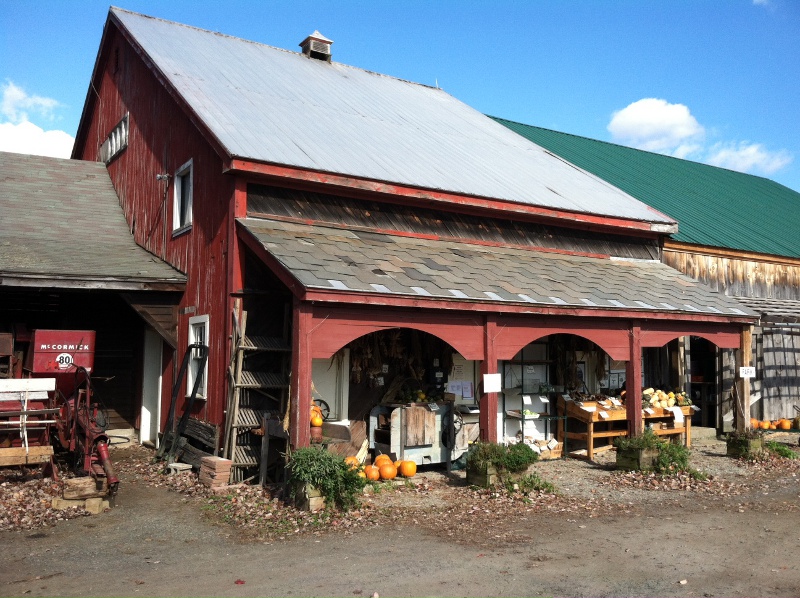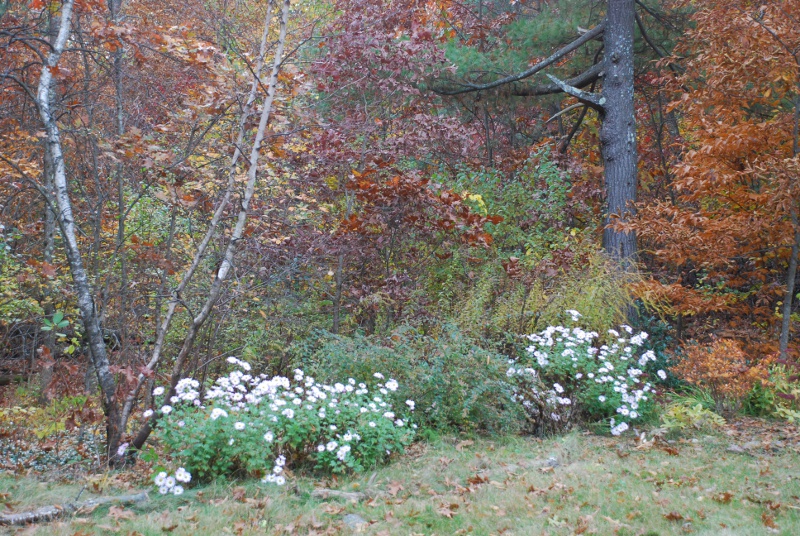
I'm back with new tools. Ever since Andy (ananda) started posting about baking with local wheat, I've had it in the back of my mind. However, local in my case means New England, which isn't exactly known as the American bread basket. In fact I more or less assumed that Massachusetts wheat was an oxymoron. I did however, keep my eyes open, and found several farms in the area that grew wheat. The closest however, were not that close, and I had no mill, and, and, and... But time goes on and new opportunities arise. With my birthday coming up, my DH asked me what I wanted and I said a mixer. I picked out a fancy one and was ready to pull the trigger, when I realized that I simply didn't need such high capacity, and would do quite well with a much more modestly priced model. That meant that I had "saved" a lot of money, so my husband decided to throw in a mill. With a new mill coming, I needed wheat. In fact I needed Massachusetts grown wheat.
I called a friend and convinced her that she absolutely needed to drive west with me to see the leaves (and incidentally buy wheat.) She agreed that was absolutely necessary, so the other day we went west. That is 3/4 of the way across Massachusetts to the little town of Gill, where lies a farm called Upinngil, which sells its own wheat. I tried calling beforehand to see what they had available, but no dice - they didn't answer. When we got there, true they had 50 lb sacks of wheat in their store, but they were soft red winter wheat, and hard white winter wheat, neither of which were what I had in mind. One of the nice women there said that I should come back in two weeks. That was hardly possible, as my first trip out there had already strained the limits of practicality. Fortunately at that moment in walked Mr. Hatch, the farmer. Told of my plight, he said, no problem. I have some hard red winter wheat out at the cleaner (not the cleaners). I'll just drive over to the field and pick some up for you. Phew! So with a 50 pound sack of wheat in my trunk, mission accomplished. And yes, the leaves were lovely as well.
Yesterday the mill and the mixer (Bosch compact) arrived and needed to be put to use. So I got my starter going, and today started milling and baking. Not knowing my mill very well yet, I milled pretty coarse, and wanting to get to know the wheat, I decided to make all the flour in the final dough my fresh ground whole wheat. This meant over 75% coarsely ground whole wheat, which is not something that I'm all that familiar baking with, as I usually keep whole grains to 30% or below.
I have just cut and tasted, and who knew that Massachusetts wheat would be so good. Mr. Hatch said that he had been growing it as feed for 20 years, but only in the last 10 has he started selling it to bakers who are interested in local foods. He also told me that a CSA near me makes regular trips out to his farm for milk, cheese, etc. So it may be that in the future, I won't have to make the trek if I can meet up with them.
In any case, I think my whole wheat baking needs work, and I am excited to learn more.

The third new tool I used for this bake was a single edge razor for scoring, taking a tip from breadsong. I love the control it gives.

Of course that's not quite as exciting as the KoMo Fidibus 21 shown here resting after it's first milling.

Here's to local farms:



and local wheat:

I used my WFO today probably for the last time of the season. Now I need to wrap it up tight so it can get through Sandy unharmed.

And finally, I'll close with the a bit of Autumn splendor: first Tartarian Asters (over 7 feet tall)

and mums which can't really compete with the leaves this time of year:

Update: Just changed the title of this post from ...freshly ground... to ...freshly milled... It ain't coffee after all.
